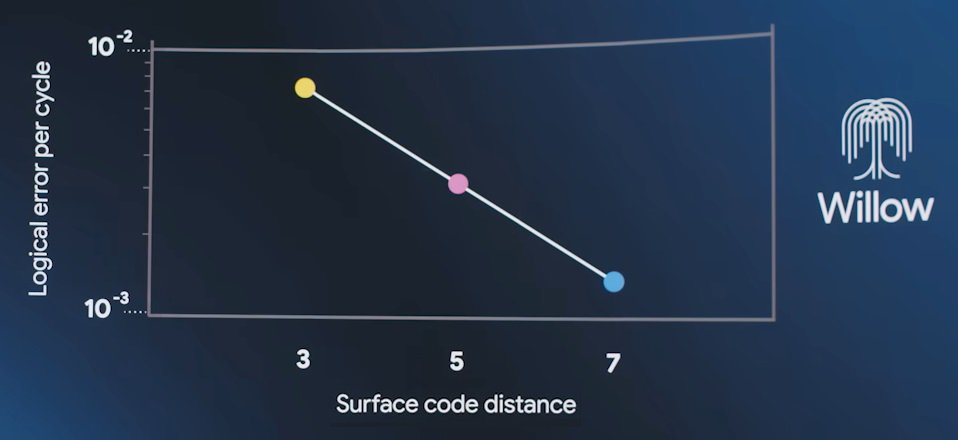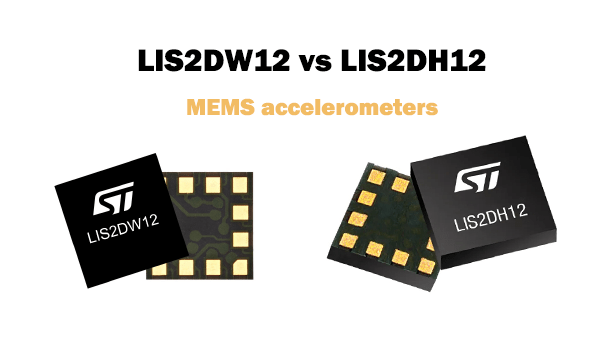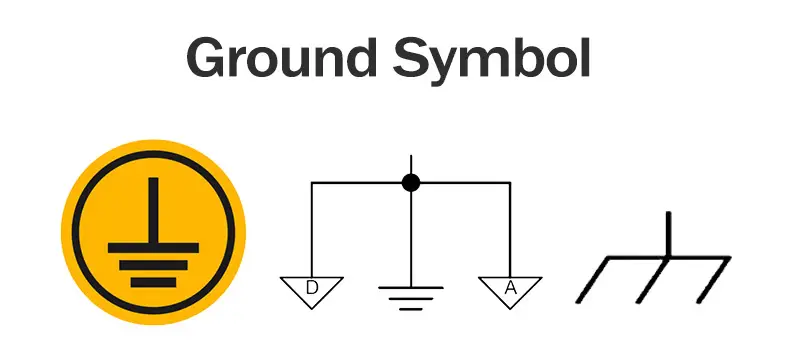In Dec 9, 2024, Hartmut Neven, Lead of Google Quantum AI team, announced their latest quantum chip-“Willow“, which has shocked the world. The chip claims to be able to perform calculations that would take the fastest supercomputers 10²⁵ years to complete, a time span vastly exceeding the age of the universe. This achievement signals a significant leap in quantum computing technology, one that could revolutionize the way we approach complex computational problems.
In this article we’ll explore Willow, its capabilities, the problems it solves, its advantages, applications, and expert opinions, shedding light on how it fits into the broader field of quantum computing.
What is Willow Quantum Chip?
Willow quantum chip is developed by Google Quantum AI team, released on Dec 9, 2024. It represents a significant leap from previous chips, such as Sycamore, by increasing the number of quantum bits (qubits) and introducing new techniques for error correction and qubit coherence. With 105 physical qubits, Willow is designed to perform quantum computations with a level of precision and reliability that was previously unattainable.

In quantum computing, qubits differ significantly from classical bits. While classical bits can exist in one of two states—0 or 1—a qubit can exist in a superposition of both states simultaneously. This ability to represent multiple states at once allows quantum computers to process vast amounts of data in parallel, making them potentially far more powerful than classical computers for certain tasks.

What Problems Does Willow Solve?
Willow addresses several key challenges that have traditionally hindered the advancement of quantum computing:
Quantum Error Correction - Exponentially Reduce Error
One of the biggest challenges in quantum computing is ensuring the accuracy of computations. Qubits are highly sensitive to environmental noise, and even minor disturbances can cause calculations to fail. In the past, the more qubits used in a quantum system, the higher the error rate. However, Google’s recent breakthrough published on “Nature” shows that in the Willow chip, the more qubits are used, the lower the system’s error rate, and the quantum properties become more pronounced.
Read more: Quantum error correction below the surface code threshold


Willow introduces an advanced error-correction system using “logical qubits,” which distribute information across multiple physical qubits, reducing the error rate by a factor of 20 compared to previous models. This exponential reduction in error rate addresses a critical challenge in quantum error correction that has persisted for nearly 30 years, marking a milestone since Peter Shor’s proposal of quantum error correction in 1995 and bringing us closer to building practical quantum computers.
Increased Qubit Coherence Time - By A Factor of 5
Another major challenge is the coherence time of qubits. Coherence refers to the ability of qubits to maintain their quantum state long enough to perform computations. Willow increases the coherence time of its qubits to 100 microseconds, a vast improvement over previous quantum chips like Sycamore, which had coherence times of just 20 microseconds. This improvement enables Willow to perform more complex calculations without losing quantum information.

Super Computation Performance - 5 Minutes vs. 10²⁵ Years
To test the performance of the Willow chip, Google used the “random circuit sampling” (RCS) problem, a challenge widely regarded as the “gold standard” in quantum computing. This task was designed to determine if quantum computers could accomplish tasks that traditional computers would find nearly impossible. The results were astonishing: Willow completed a calculation in less than five minutes—something that would take the fastest supercomputers 10²⁵ years to finish, a timespan greater than the age of the universe itself. Hartmut Neven, head of Google’s Quantum AI project, remarked that this achievement makes the idea of “quantum computing happening simultaneously in multiple parallel universes” seem more plausible, aligning with the multiverse theory proposed by physicist David Deutsch.

Expert Opinions on Willow
The quantum computing community has been quick to recognize the significance of Willow. Experts praise its advancements in quantum error correction and qubit coherence. Barbara Terhal, a physicist from Delft University of Technology, lauded Willow for demonstrating that increasing the grid size of quantum bits leads to exponential improvements in error suppression. This breakthrough could pave the way for even more powerful quantum computers in the future.




Julian Kelly, head of Google’s quantum hardware department, noted that Willow’s achievements are not just a proof of concept but a significant step toward practical quantum computing. “This is no longer just an academic exercise,” he said. “Willow has proven that large-scale, reliable quantum computing is within reach.”
Applications of Willow
While Willow’s immediate applications may be in research and development, its long-term potential spans a wide range of industries:
Quantum Chemistry and Drug Discovery
Quantum computers like Willow could simulate molecular structures and chemical reactions with unprecedented accuracy. This would significantly impact industries like pharmaceuticals, where drug discovery could be accelerated by simulating complex molecules.
Optimization Problems
Quantum computing excels at solving optimization problems, which are common in industries such as logistics, finance, and manufacturing. Willow could be used to optimize supply chains, financial portfolios, and even traffic systems, leading to more efficient operations in these fields.
Cryptography
One of the most well-known potential applications of quantum computing is in breaking classical encryption systems. Though this is often overstated, quantum computers could, in theory, break certain cryptographic protocols that rely on prime factorization, which is a problem that classical computers struggle to solve efficiently.
Artificial Intelligence and Machine Learning
While Willow is not designed to replace GPUs for training large language models, it could play a role in accelerating certain aspects of machine learning, such as optimization and pattern recognition.
FAQ About Willow
How does Willow compare to previous quantum chips?
Willow is a significant improvement over earlier quantum processors like Sycamore. It features more qubits, longer coherence times, and more advanced error correction, making it a far more powerful and reliable quantum chip.
Can Willow solve all computational problems?
No, Willow is not a universal solution to all computing problems. While it excels at specific tasks like random circuit sampling, it is not designed to replace classical computers in all applications. Quantum computers like Willow are best suited for problems that are difficult for classical computers to solve, such as optimization and complex simulations.
Will Willow replace classical computers?
No, Willow and other quantum computers are not designed to replace classical computers. They are specialized machines that excel at solving certain types of problems. Classical computers will remain essential for everyday tasks, while quantum computers like Willow will complement them by tackling more complex challenges.
Conclusion
Willow represents a significant leap forward in the development of quantum computing, offering a glimpse into a future where quantum computers could solve problems that are beyond the reach of classical machines. With its advanced error correction, increased qubit coherence, and superior computational power, Willow is setting the stage for the next generation of quantum technologies. While it is still early days, the progress demonstrated by Willow provides hope that quantum computing could soon become a transformative tool across various industries, from drug discovery to optimization and cryptography. As research in quantum computing continues, Willow’s innovations will undoubtedly inspire further breakthroughs, bringing us closer to a new era of computational possibilities.







